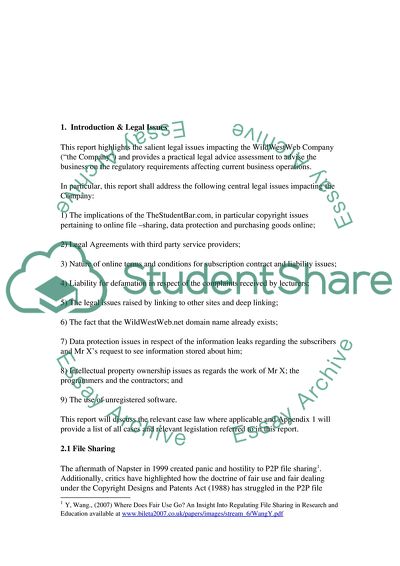Cite this document
(IT Law Compliance and Strategy Research Paper Example | Topics and Well Written Essays - 4750 words, n.d.)
IT Law Compliance and Strategy Research Paper Example | Topics and Well Written Essays - 4750 words. Retrieved from https://studentshare.org/law/1724029-it-law-compliance-and-strategy
IT Law Compliance and Strategy Research Paper Example | Topics and Well Written Essays - 4750 words. Retrieved from https://studentshare.org/law/1724029-it-law-compliance-and-strategy
(IT Law Compliance and Strategy Research Paper Example | Topics and Well Written Essays - 4750 Words)
IT Law Compliance and Strategy Research Paper Example | Topics and Well Written Essays - 4750 Words. https://studentshare.org/law/1724029-it-law-compliance-and-strategy.
IT Law Compliance and Strategy Research Paper Example | Topics and Well Written Essays - 4750 Words. https://studentshare.org/law/1724029-it-law-compliance-and-strategy.
“IT Law Compliance and Strategy Research Paper Example | Topics and Well Written Essays - 4750 Words”, n.d. https://studentshare.org/law/1724029-it-law-compliance-and-strategy.


